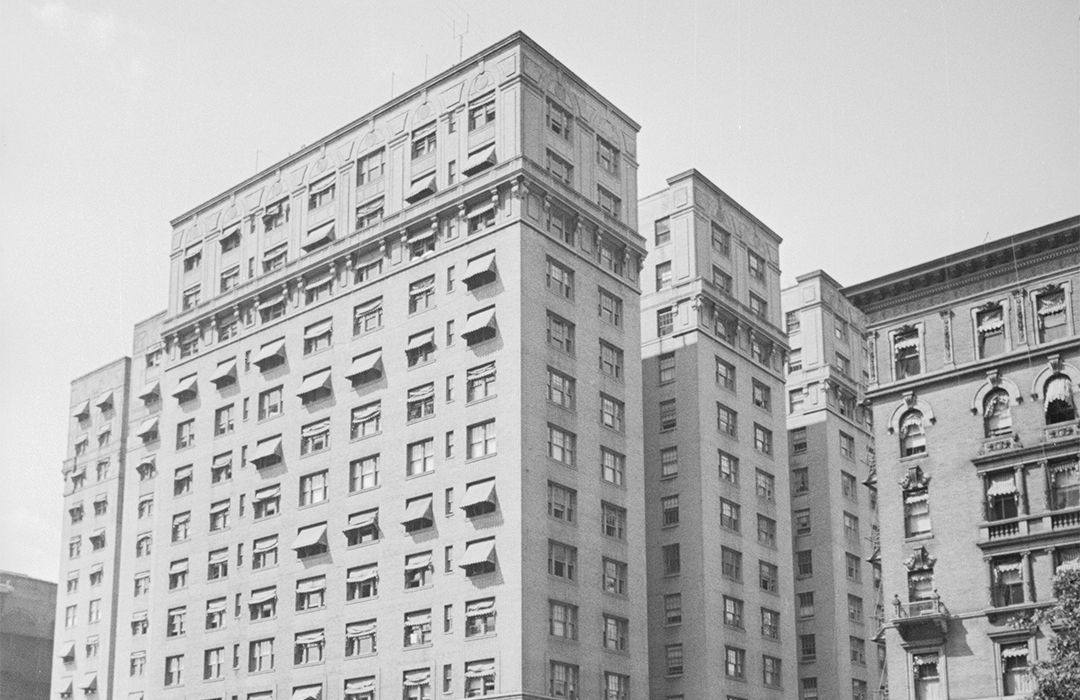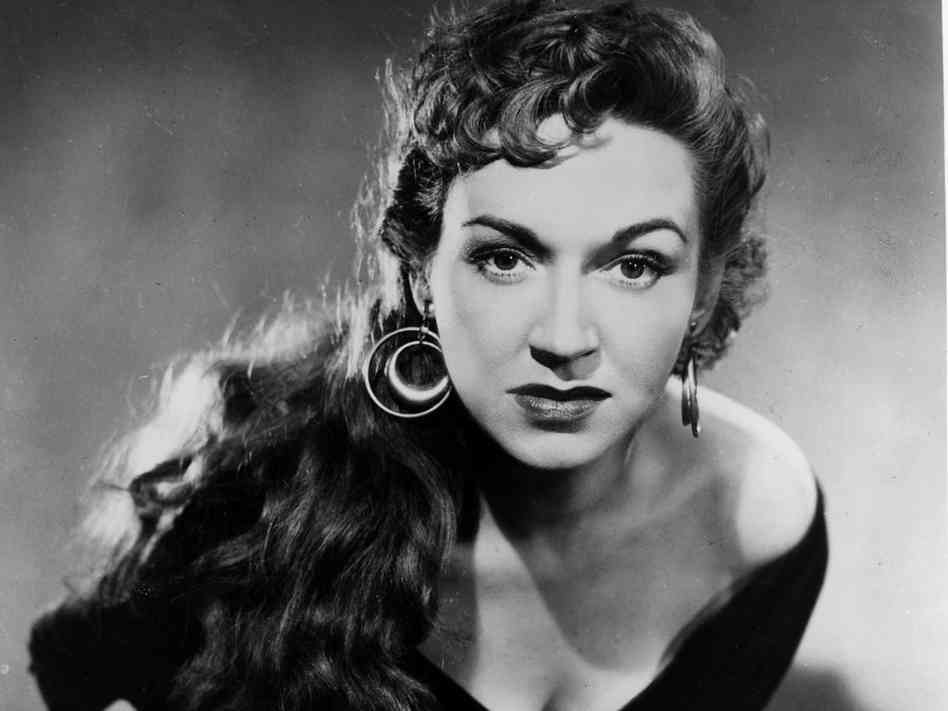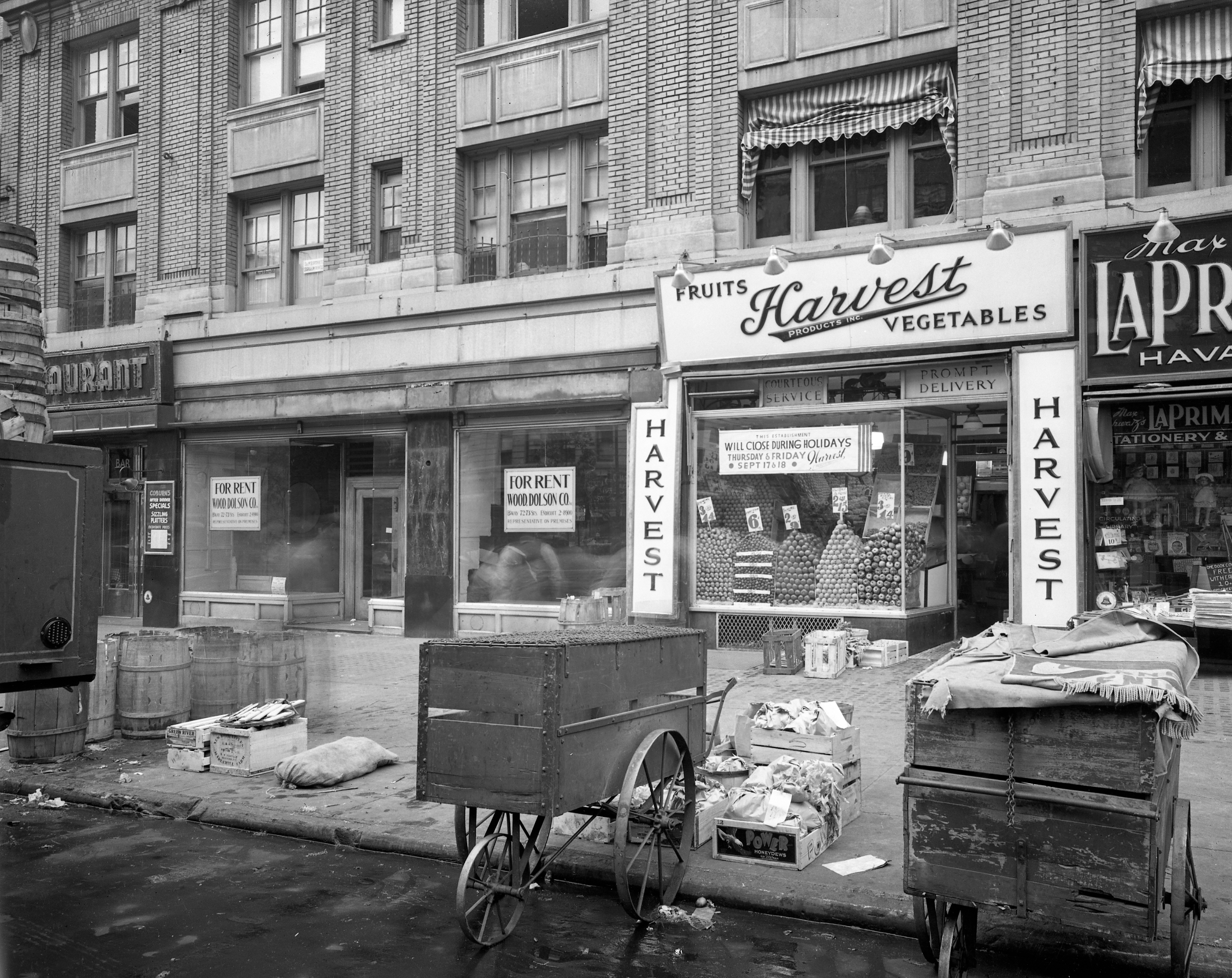
The Sabrina
by Tom Miller
In 1897 German immigrant Gustav Stillgebauer began construction of a two-story tavern and restaurant at the northwest corner of the Western Boulevard (later Broadway) and 97th Street, known as Unter Den Linden. Behind the building on 97th Street was an open-air bier garten for the summer months. While (rather unexpectedly) Stillgebauer’s building still survives, in 1920 the tree-covered bier garten was replaced.
That year Harry Schiff and Herman Gertner purchased the property surrounding the Unter Den Linden building from the Anheuser Busch and Elkus estates. They hired the firm of Schwartz & Gross with architect B. N. Marcus, to design a 15-story apartment building on the sprawling site. In reporting on the plans, the Real Estate Record noted, “It covers the site formerly occupies by the well known Under the Linden [sic] restaurant.”
The architects provided natural light and ventilation into the apartments by carving deep courts into the mass of the colossal building. Clad in beige brick above a one-story stone base, its sparse Renaissance Revival design included blank shields below the third-floor cornice, and decorative arches at the top floor. The entrances to what were known as the South and the North Wings on 97th and 98th Streets were given elaborately carved Renaissance-influence frames.
There were eight apartments of four, five, or seven rooms per floor in the larger North Wing. Each floor of the South Wing held four apartments.
The affluence of the residents was reflected in a daring robbery in the South Wing on December 28, 1923. A couple named Simmons dined at a Broadway restaurant that night. Mrs. Essie Simmons was bedecked with valuable diamond jewelry. During the evening they noticed a man staring at their table but thought little more about it.
Just as Warren ushered Essie Simmons to the elevator, five masked men rushed into the lobby with guns drawn.
At 1:30 in the morning, Simmons drove their Packard up to the 97th Street entrance, dropped Essie off, and proceeded to the parking garage. In the lobby were brothers Warren and Elvin Nixdorf, the elevator operator and switchboard operator, respectively. Just as Warren ushered Essie Simmons to the elevator, five masked men rushed into the lobby with guns drawn. The Nixdorf brothers were forced against a wall at gunpoint, and Essie was ordered to “throw up her hands,” as reported by The New York Times. Instead, she started to scream. If the five thugs had assumed the wealthy woman would be intimidated into simply handing over her jewelry, they underestimated the feisty Essie Simmons.
The New York Times reported:
The robber seized her by the wrists with one hand and put the other over her mouth, but she fought back with her nails and they struggled back and forth in the lobby, with the thief trying to knock her unconscious with his revolver. As they struggled they crashed against a stand, smashing a vase valued at $600 and breaking a clock on the switchboard.
During the struggle, neither of the Nixdorf brothers could move. They were guarded by three men who had guns pointing at them. The other man stood as lookout. At one point the robber wrenched a diamond bracelet from Mrs. Simmons’s wrist, “but she snatched it back and slipped it in her bodice,” said the article. Frustrated, he called out to his companions to help. When the two who had been guarding Elvin Nixdorf came to his aid, Nixdorf bolted out the door in search of an officer.
The two held Essie while the “chief thug,” as described by The New York Times, forced her hand open. She had turned her diamond ring, given to her by her husband the previous Christmas, around. Unable to get it off her finger, the crook “seized the diamond in his teeth and tore it loose from the setting.” The five men then leaped into a black automobile waiting at the curb and sped away. Essie had recognized her assailant as the man in the restaurant.
Police said it was Essie’s hair that had cushioned the repeated blows from the butt of the thug’s revolver. She had managed to save more than $10,000 in jewelry (more than $170,000 in 2023 terms), but lost her diamond, valued at $1,500.
The building was home to several residents involved in the entertainment industry. Sidney R. Kent and his wife lived in the North Wing that year. He was the general manager of the motion picture studio Famous Players-Lasky Corporation. His chauffeur, 36-year-old Norman Feather, would frequently have reason to be inside their apartment. Eight days before Essie Simmons was attacked in the lobby, Kent had Feather arrested for stealing “$150 worth of linen and glassware” from the apartment, as reported by The New York Times on December 20. The chauffeur explained to Magistrate Renaud that he was driven to commit the crime because of “the necessity of furnishing a home for himself and a girl he was to marry soon.”
Edyth Horwitz was the wife of Arthur Horwitz, but New Yorkers knew her better by her stage name, Edyth Livingston. She was a chorus girl with the Ziegfeld Follies. In the summer of 1923 Edyth and another actress, Jeanne Russell, went to Europe together. When they returned on the Olympic on September 5, both had fur coats which they told Customs officials were gifts that they had received in the United States. Jeanne Russell said hers came from “a Russian count,” according to Variety on September 13, and Edyth declared that hers was a gift from a man “to whom she is betrothed.” (This despite the easily provable fact that she was married.) The inspectors were not fooled by the New York City dry goods firm label that Edyth had sewn into her coat. The New York Times reported, “Both admitted buying the coats abroad and were fined $300 each, this amount being double the foreign value plus the duty.”
Another actress living in the South Wing that year was Maude Hanlon. She became friendly with Albert Falk, the president of the Falk Tobacco Company, who lived on Riverside Drive. The millionaire had made out a will on February 6, 1922, but then supplanted that with another on November 3. The second will left essentially his entire estate to Maude. Just over two months later, on January 25, 1923, Falk died at the age of 46. The terms of the latest will did not sit well with his family, especially his brother Arthur who had been left nothing. On May 18, 1923 The Morning Telegraph began an article saying, “Fraud, undue influence and lack of sound mind and memory are the principal allegations made in an action…to overthrow the probate of one of the wills left by Albert Falk.”
His business was hit hard, and, hoping to keep it going, Cohen doctored the firm’s books.
Mayer Cohen had been in the silk business for two decades when the Great Depression swept across America. His business was hit hard, and, hoping to keep it going, Cohen doctored the firm’s books. The scheme not only failed but resulted in charges of grand larceny “growing out of alleged frauds,” according to The New York Times on January 21, 1930. He was scheduled to appear for trial on January 20, but did not show up. Facing humiliation and prison time, the previous day Cohen had traveled to Boston, took a room on the 14th floor of the Statler-Hotel, then threw himself from the window to his death.
Risë Stevens was born in New York City in 1913. Her father was an advertising salesman with Norwegian roots, and her mother was of Polish and Russian Jewish descent. By the time she moved into the North Wing in 1939, she had come a long way, having sung at the Vienna State Opera and debuted with the Metropolitan Opera.
On March 23, 1939, the Long Island Star-Journal reported, “there is a little nameplate, plainly marked Stevens, on the door of Apartment 11-A, 240 West Ninety-eighth street, Manhattan, a swanky building off Riverside drive, but no amount of ringing the bell or the house phone will get you an answer. That’s because it’s the hide-out honeymoon apartment of Miss Risë Stevens, Metropolitan Opera star, and Walter Szurowy, Hungarian stage and screen star, whose secret marriage was revealed yesterday.”
It is unclear how long the couple lived here. Risë Stevens, of course, went on to a stellar career on the opera stage, in recordings, and in motion pictures. Szurovy gave up acting to manage his wife’s career, and in 1941 founded the Polk-Szurovy Agency.
While many early 20th century apartment buildings on the Upper West Side degraded in the second half of the century, The Sabrina retained its upscale tenor. The apartments have never been subdivided.
Tom Miller is a social historian and blogger at daytoninmanhattan.blogspot.com
BUILDING DATABASE
Keep Exploring
Be a part of history!
Think Local First to support the businesses at 2589-2599 Broadway:
Meet Joey Muniz!




